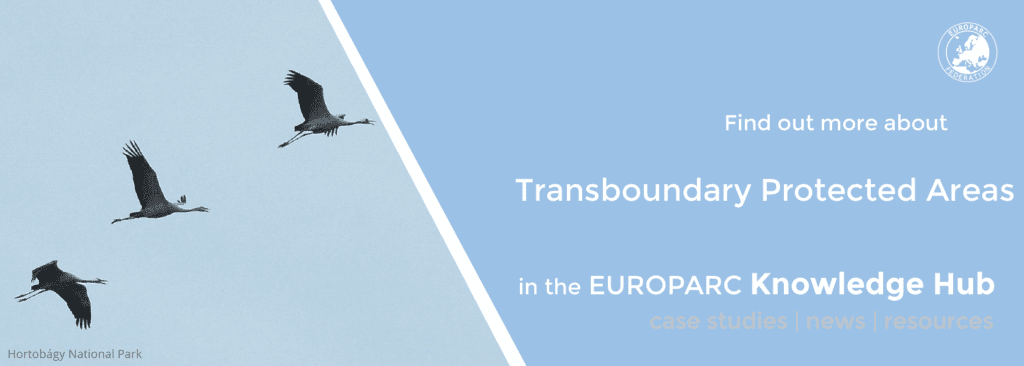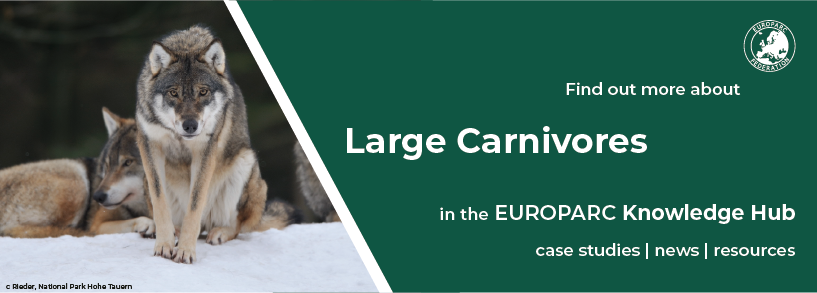Háldi Transboundary Area: New entry in EUROPARC Transboundary Programme
New entry in the EUROPARC Transboundary Parks Programme!
A wild arctic area between Finland and Norway
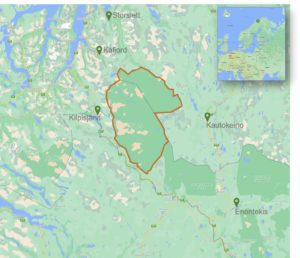
Haldi TBA map
The Háldi Transboundary Area consist of the Käsivarsi Wilderness Area in Finland and Reisa National Park and Ráisduottarháldi Protected Landscape in Norway. The cooperative area was formed in 2020 by an agreement between Metsähallitus and the Board of Reisa National Park and Ráisduottarháldi Landscape Protected Area. There are also other functional connections involved, in the surrounding area towards Kilpisjärvi, Kåfjord, Reisa Valley and Kautokeino.
The subarctic mountain and plateau area around the Háldi falls is divided between Finland and Norway. The large wilderness area has high natural and cultural values, which make it one of the richest arctic areas in continental Europe, with natural watercourses, alpine tundra, mountain birch forests, calcareous bedrock, with native flora and fauna. The whole area belongs to the Sami homeland with extensive reindeer husbandry on both sides of the border. It is also a popular destination for outdoor recreation, especially on the Finnish side, with a long tradition of hiking to the highest point of the country, the Halti Mountain (1,324 meters above sea level). Finland and Norway share the same rights of free access, and it is possible to cross the border anywhere, with some restrictions.
Because of these values, several Protected Areas have been established on both sides of the border. Their regulations are quite similar, but administration and management regimes are different. Because of common challenges in management, the need for closer cooperation is recognized on both sides. EUROPARC Transboundary Area (TBA) has been chosen as a tool to organize permanent cooperation, because of great experiences from existing TBA’s. Extra funding from the EU Interreg Nord programme has given resources to prepare a plan and start implementation of necessary actions.
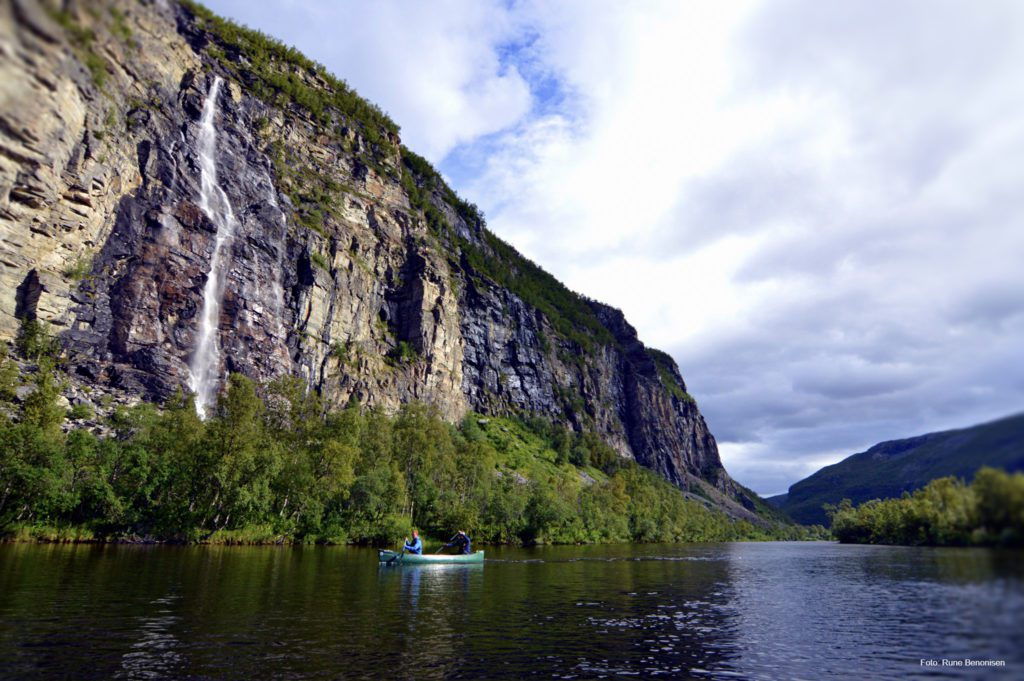
Reisa National Park- Ph. R. Benonisen
The vision of Háldi TBA
Háldi Transboundary Area is a contiguous wilderness area, managed through the cooperation of partners and the support of stakeholders, to preserve the high natural, cultural and recreational values of the most arctic area of continental Europe and in the heart of the Sami Homeland.
The mission of Háldi TBA
Partners of the Háldi Transboundary Area are committed to joint efforts in the management of natural and cultural values of the area and to share their knowledge and good practices for added value through cooperation in the area and further in their organizations.
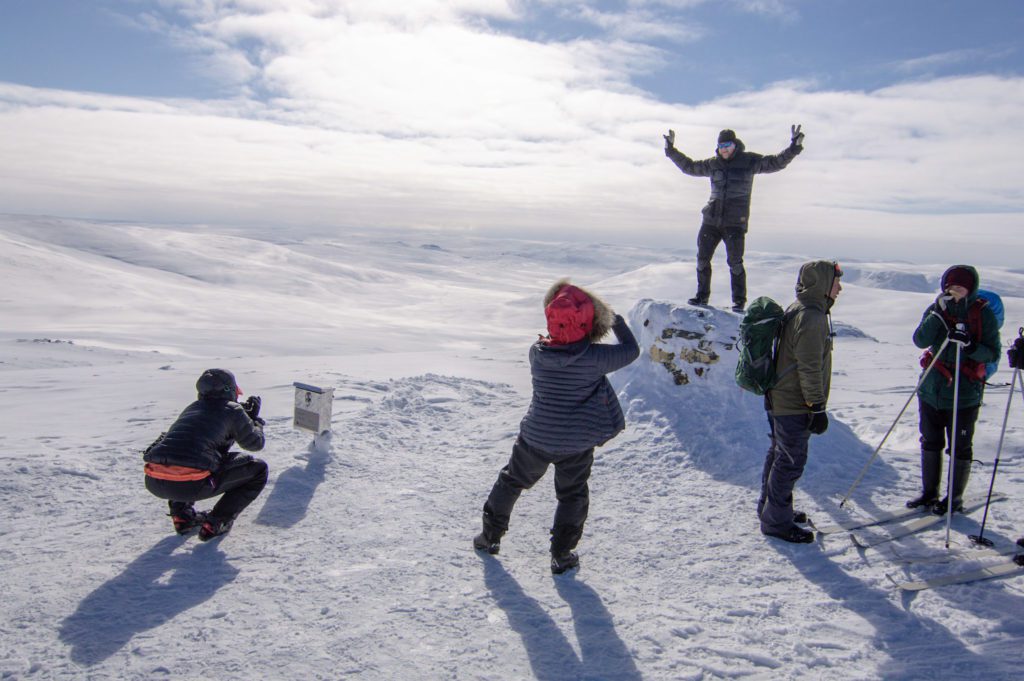
Haldi mountain – rune benonisen
Official partners of Háldi TBA
In Finland:
- Metsähallitus Parks & Wildlife is the legal Partner to the Agreement;
- Fell Lapland Park Unit is the operational unit responsible for the management of the area;
- Kilpisjärvi Nature Center is a visitor service point providing information about Háldi TBA.
In Norway:
- Board of Reisa National Park and Ráisduottarháldi Landscape Protection Area is the legal Partner to the Agreement;
- Management of the areas is led by NP Superintendent;
- Halti National Park Center is an associated partner to the agreement. It is an official visitor centre of Reisa National Park.
Partners will set up a Joint Management Board according to the Agreement.
Other partners in Project Halti will continue cooperation as stakeholders in joint actions and future projects. They will also be members of the Joint Advisory Board.
More information on EUROPARC Transboundary Cooperation can be found here in the Knowledge Hub.
Coexistence with large carnivores: the role of Protected Areas
Image from Freepik.com
EUROPARC is constantly working to improve coexistence between people and large carnivores in and around Protected Areas.
In February, the EU Platform on Coexistence between People and Large Carnivores met to plan its actions for 2022. Soon the Platform will finalize and publish a new Toolkit for Establishing Regional Platforms on Coexistence between People and Large Carnivores based on the results of the last 3 years in creating and managing pilot experiences of regional platforms for the dialogue among different local stakeholders. We hope that this instrument would be useful for the Protected Areas that have to deal with conflicts between farmers, shepherds and local communities with wolves, bears, lynxes and wolverines.
EUROPARC on the Coexistance with Large Carnivores
EUROPARC is one of the co-founders of the EU Platform on Coexistence between People and Large Carnivores (*).
Back in November 2021, EUROPARC organized a participatory workshop, together with the EU Platform on Coexistence between People and Large Carnivores. This workshop aimed to better identify the needs and challenges Protected Areas and managing authorities are facing to implement processes and measures for coexistence.
For this a specific participatory session took place during the meeting, giving around 50 participants from 14 countries the chance to share concrete needs, challenges, perspectives and to propose solutions.
The workshop was also an opportunity to provide an update on progress made at EU level for the conservation of large carnivores, looking at policy developments, European platforms and project implementation, with an insight on new targets for the future and the role of Protected Areas.
We gave the chance to present and share some concrete case studies, looking at the role and experiences of Protected Areas in leading and promoting processes and measures for coexistence in their areas. We focused our attention on effective communication, participatory process, partnership building and damage prevention measures.
(*) The EU Platform on Coexistence between People and Large Carnivores brings together different interest groups with a common mission: “To promote ways and means to minimize, and wherever possible find solutions to, conflicts between human interests and the presence of large carnivore species, by exchanging knowledge and by working together in an open-ended, constructive and mutually respectful way”
Speakers on European policy updates and initiatives to strengthen coexistence
- Marco Cipriani, European Commission, DG Environment, Nature Protection Unit
- Katrina Marsden, Adelphi, EU Platform on Coexistence between People and Large Carnivores
Case studies
- Support coexistence with large carnivores through partnerships. By Valeria Salvatori, Istituto di Ecologia Applicata, Italy.
- Wolf/Human Coexistence. Research and Management in Maiella National Park. By Simone Angelucci & Antonio Antonucci, Majella National Park, Italy.
- Human and Iberian Lynx conflict: the challenge of peaceful coexistence. By Guillermo Zamora, Junta de Andalucia, Spain.
What better way to tackle an issue than by coming together and opening the floor for discussion and brainstorming? In fact, we held a productive interactive group exercise to stimulate discussion.
The discussion was inspiring and fruitful and will be used by EUROPARC to inspire further actions and initiatives for coexistence in Protected Areas.
said Federico Minozzi, Managing Director at EUROPARC and workshop leader.
Workshop Report
To capture the value and outcomes of this workshop, we prepared a Workshop Report which summarizes the main aspects raised and discussed during the session and provides the opportunity to access all the presentations and recordings of the event.
Read the full summary and download the materials here!

To know more, visit:
Prevent wildfires with Seneye x EUROPARC
Due to climate change, wildfires pose an increased risk to our Protected Areas. Using Artificial Intelligence, Seneye (by Senhive) helps you spot them quickly and prevent them from spreading.
Are you prepared for the next wildfire season?
EUROPARC believes that technology can help mitigate the risks of wildfires. That’s why we have partnered up with Sen-Eye, a camera-based autonomous wildfire detection solution that allows for a faster response time whilst providing actionable insights. Through this exclusive offer, you can now get 30% off in the first year.
What makes Sen-Eye special?
Sen-Eye can provide a technological advantage when it comes to protecting and preserving our nature parks against wildfires. As a result of its ability to detect wildfires at an earlier stage, and the fact that it can be deployed in remote areas, it offers increased resilience to uncontrolled wildfires.
The earlier wildfires are detected, the greater the chance to anticipate them, react and avoid their further spread!
In order to efficiently use technology as a supporting resource, it should be easy to use and install whilst being reliable and accurate. Sen-Eye’s wildfire detection system has been designed specifically with these challenges in mind.
In just 3 steps, the Sen-Eye detection system can be installed and operational: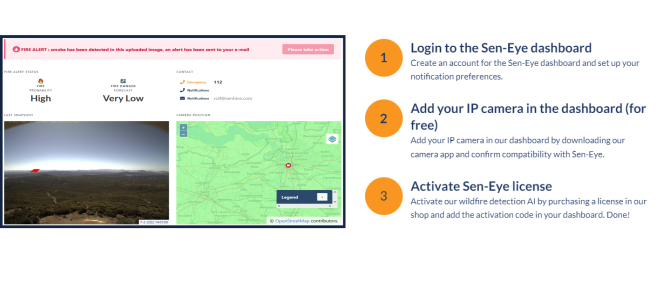
Exclusive offer
As Europe’s largest nature organisation for Protected Areas, EUROPARC also engages itself in integrating technology into nature conservation and management tools. That’s why we are happy to announce that, when clicking the following link, you can activate your Sen-Eye Pro licence with a first-year 30% discount!
When purchasing, for a special offer, use the referral code: EUROPARC2022
For every Sen-Eye Pro licence, Senhive will donate 10% of the revenue to EUROPARC Federation
This money is put towards strengthening and developing EUROPARC’s programmes, serving our members and lobbying for the work of Parks and Protected Areas in Europe. Please consider this when activating your Sen-Eye licence!
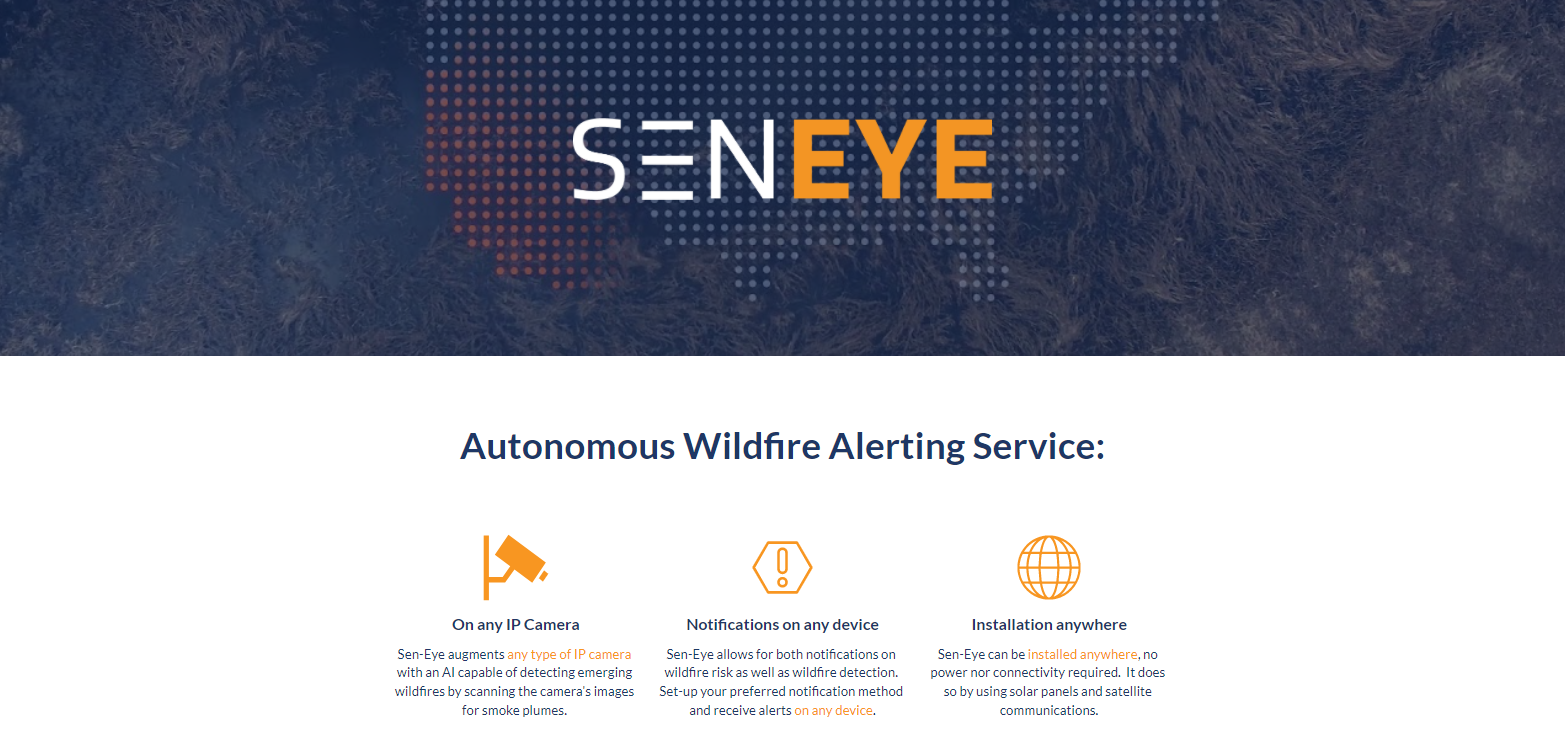
SEN-EYE SUPPORTS THE FOLLOWING FEATURES:
- Wildfire detections within minutes of emerging
- High availability monitoring
- Notifications of a detected wildfire on any device
- Cloud or “on the edge” deployment
- Location estimate of wildfire
- Integration with first responders
- And many more…
For more information, check out this video on the Sen-Eye wildfire detection system:
Sen-Eye.mp4 from Rolf on Vimeo.
New members! Discover the many new additions to our Network
Here are the 9 latest additions to the EUROPARC Network. A hearty WELCOME!
AUSTRIA
UNESCO Chair – Sustainable Management of Conservation Areas
The UNESCO Chair is based at Carinthia University of Applied Sciences and aims to provide research and inspiring learning experiences for nature conservation in the 21st century. The program was launched in 1992, to serve as a network for higher education and research institutions all over the world to pool their resources, both human and material, to address pressing challenges and contribute to the development of their societies. Find more information here: UNESCO Chair – Sustainable Management of Conservation Areas.
FRANCE
Federation of Catalonia Nature Reserves
The Pyrénées-Orientales present an extremely rich and varied heritage of flora and fauna. The Federation of Catalonia Nature Reserves was created in 1991 to manage and preserve the nature reserves in that region. From 2007 it coordinates all the work being done in the reserves in order to implement public policies. This includes Grenelle de l’Eenvironnement, regional scheme for biodiversity, departmental scheme of natural areas, threatened species subject to a National Action Plan and many more. Learn more about the role of the Federation here.
GERMANY
Mountain Bike Tourism Forum Germany
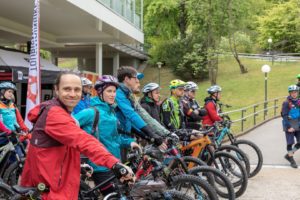
Photo by Anatole Serexhe
The Mountain Bike Tourism Forum Germany, based in Leipzig, works for the professionalisation of national bike tourism, tapping into the great potential that this outdoor sport has in Germany.
The forum functions as a space for networking and dialogue between the sustainable development of rural areas and peri-urban recreation opportunities for industry stakeholders.
GREECE
Thermaikos Gulf Protected Areas Management Authority
The Thermaikos Gulf Protected Areas is located on the west coast of the Thermaikos gulf, place of one of the most important ecosystems in Greece: the wetland complex which includes the Lagoon of Kalochori, the estuary of the Gallikos river, the delta of the Axios river as well as its riverbed up to the border with FYROM, the estuary of the Loudias river, the delta of the Aliakmon river, the wetland of Nea Agathoupoli and the Alyki Kitrous wetlands.
The Thermaikos Gulf Protected Areas Management Authority is based in Chlastra, Thessaloniki, and aims to manage the protected area and preserve its flora and fauna, to promote eco-tourism and sustainable development, to inform and raise awareness of the local community and visitors.
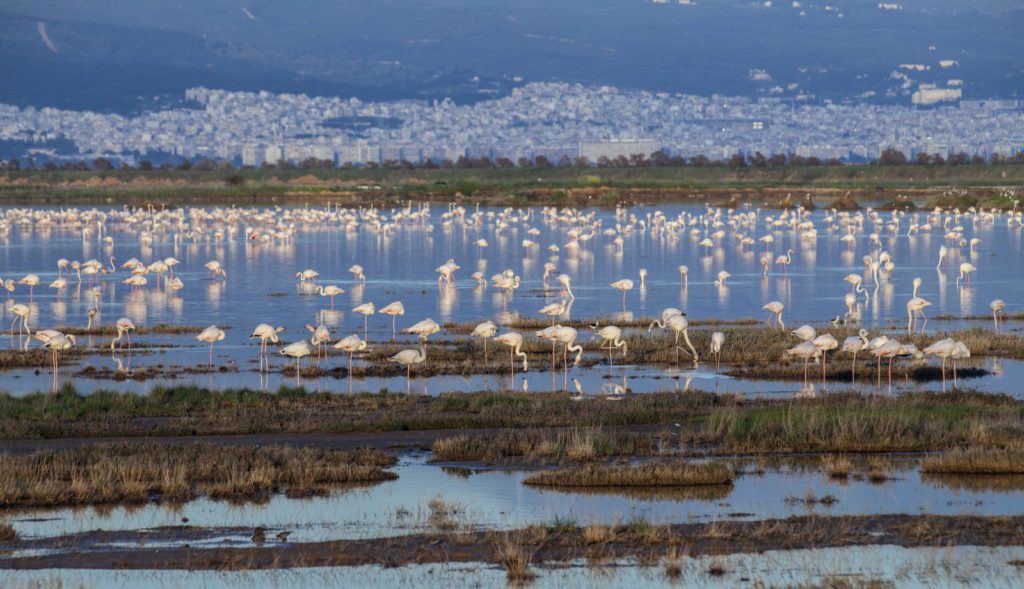
Kalochori Lagoon – Dimos Voudouragakis – Thermaikos Gulf Protected Areas archive
ITALY
Legambiente Onlus
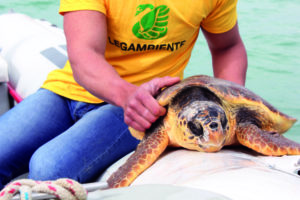
@legambienteonlus
Legambiente Onlus is an Italian non-profit association that works for environment protection in all its forms. For over 40 years they have been fighting against pollution, illegality and injustice for a better quality of life for people and nature.
The association also works on species at risk conservation: thanks to the work done by the Marine Turtles Conservation Center in the South of Italy, more than 1000 marine turtles have been rescued.
Learn more about it on their website.
Madonie Regional Park
The Madonie Regional Park was created in 1989 and covers an area of 40,000 hectares of natural landscape in the northern part of central Sicily. The area is rich in biodiversity and geological interest. Indeed, it is full of rare plants, monumental trees considered unique in the world, such as the 1000 years old Macchia dell’Inferno’s oak, rich fauna and traditional shepherds. Additionally, the Madonie Regional Park is part of the UNESCO Global Geoparks Network.
NORWAY
Jostedalsbreen National Park
https://vimeo.com/240462176
SPAIN
Gran Canaria Island Council
The Gran Canaria Council is the main manager of all Protected Areas, Natura 2000 sites and UNESCO areas of the Gran Canaria Island and has recently created a specialised management body for the ADIM UNESCO area (“Instituto Insular para la Gestión Integrada del Patrimonio Mundial y la Reserva de la Biosfera de Gran Canaria”).
SWEDEN
Åsnen National Park
Located in the southern part of Sweden, in the municipality of Alvesta and Tingsryd, bordering on the municipality of Växjö, Åsnen National Park consists of 75 percent water and 25 percent land.
Among the Area’s most interesting highlights are the Bjurkärr forest, the beech forest, and the mythical Trollberget (Troll Mountain). The Park offers its visitors many wild beauties and exciting hikes. You can check them out on their website!
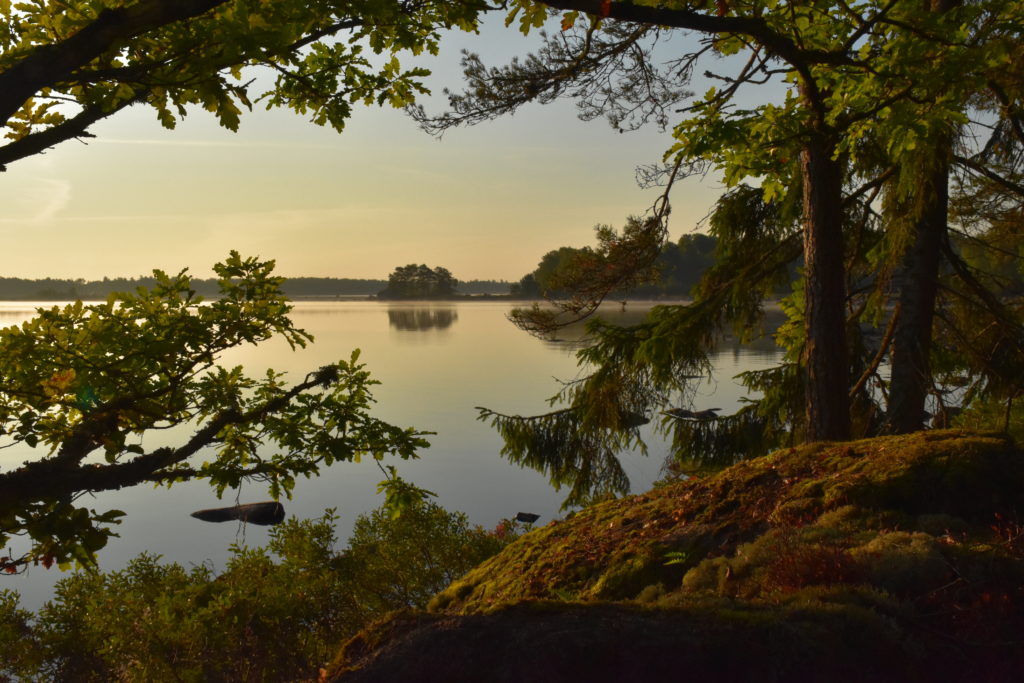
Morning light over lake Åsnen
Would you like to be part of the biggest network of Protected Areas in Europe?
Read all about it on this page.
